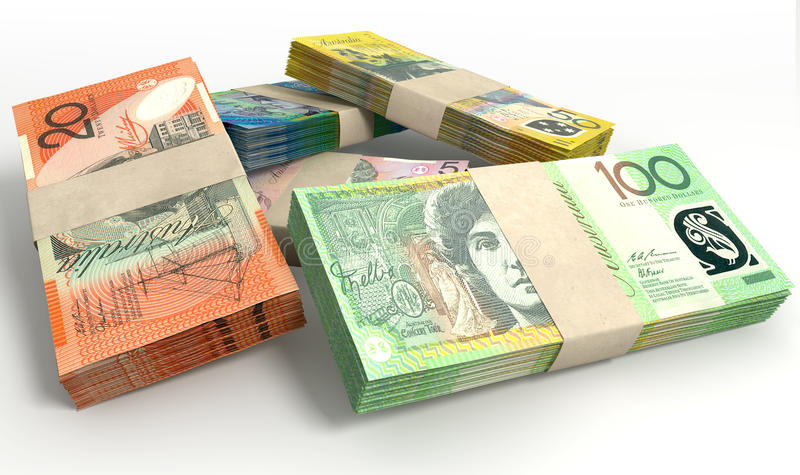Australian dollar gains strength as a result of the RBA’s interest rate policy.
The Australian Dollar (AUD) recovered from recent losses, maybe helped by an increase in Australian Consumer Inflation Expectations. Consumer Inflation Expectations for October were recorded at 4.8% by the Melbourne Institute. A modest rise from the September reading of 4.6%.
Consumer inflation expectations grew to 4.8% from 4.6% before.
Australia’s report showed a slight increase in consumer inflation expectations. Which can be attributed to rising oil costs. The rise in gasoline costs is likely to impact consumer expectations about what is to come.
Furthermore, the AUDUSD pairs the prospect of another interest rate rise by the Reserve Bank of Australia (RBA) grows. The currency may strengthen.
Because of the low US Treasury rates, the US Dollar Index (DXY) is battling to retain its position around 105.70 at the time of writing. Despite positive economic statistics from the United States (US), particularly wholesale inflation. And the release of Federal Open Market Committee (FOMC) meeting minutes. The US Dollar (USD) faces headwinds.
Despite positive US economic data, the US dollar remains protective.
The US dollar appears to be in a battle as multiple variables contradict the favorable economic signals. There is widespread speculation that the US Federal Reserve (Fed) may abandon the idea of raising interest rates. This conjecture acquires traction as a result of senior officials’ dovish statements and neutral stances. Which add an element of uncertainty. The prognosis for the currency is clouded by uncertainty.
Daily Market Movers: The Australian Dollar retraces recent losses as consumer expectations rise.
In Australia, inflation rose in August, owing primarily to higher oil costs. The Reserve Bank of Australia (RBA) may boost interest rates again as a result of this revival.
The expanding Middle East war complicates matters, perhaps leading the RBA to undertake a 25 basis point (bps) interest rate rise, raising the rate to 4.35% before the end of the year.
The increased geopolitical tension is fueling a boom in commodity demand, notably for oil and gold. This spike is positively impacting the performance of the AUD/USD pair.
The Westpac Consumer Confidence Index in Australia revealed that current purchasing conditions improved in October. The index increased by 2.9% after falling by 1.5% in September.
The US Producer Price Index (PPI) increased year on year in September, rising from 2.0% to 2.2%, above the expected 1.6%. Core PPI increased to 2.7% from 2.3% expected, above the previous record of 2.5%.
On Wednesday, US Treasury bond rates fell, with the 10-year US Treasury bond yield reaching a new low of 4.54%.
The Federal Open Market Committee (FOMC) minutes revealed a split in opinion, emphasizing the necessity of data dependence. Additional interest rate rises appear to be predicated on a large increase in inflation.
Some suggest that when the policy rate near its peak, the emphasis should shift from The extent of rate rises is used to determine how long the policy rate should be kept at restrictive levels.
Furthermore there is widespread speculation that the Fed may forsake the idea of raising interest rates. This conjecture acquires traction as a result of dovish statements and neutral attitudes from authorities, which contribute to the complex economic situation.
Fed Governor Christopher Waller advises keeping an eye on interest rate movements.
Governor Christopher Waller advises keeping an eye on interest rate movements, claiming that financial market tightening “would do some of the work for us.” Fed Governor Michelle Bowman, on the other hand, is leaning toward another rate rise, noting inflation remaining over the Fed’s 2% objective.
Moreover the announcement of the Consumer Price Index (CPI) on Thursday has heightened interest. The annual rate is expected to fall from 3.7% to 3.6% in September, according to projections. The weekly Unemployment Claims Reportfollows and may provide more insights on the economic picture.









